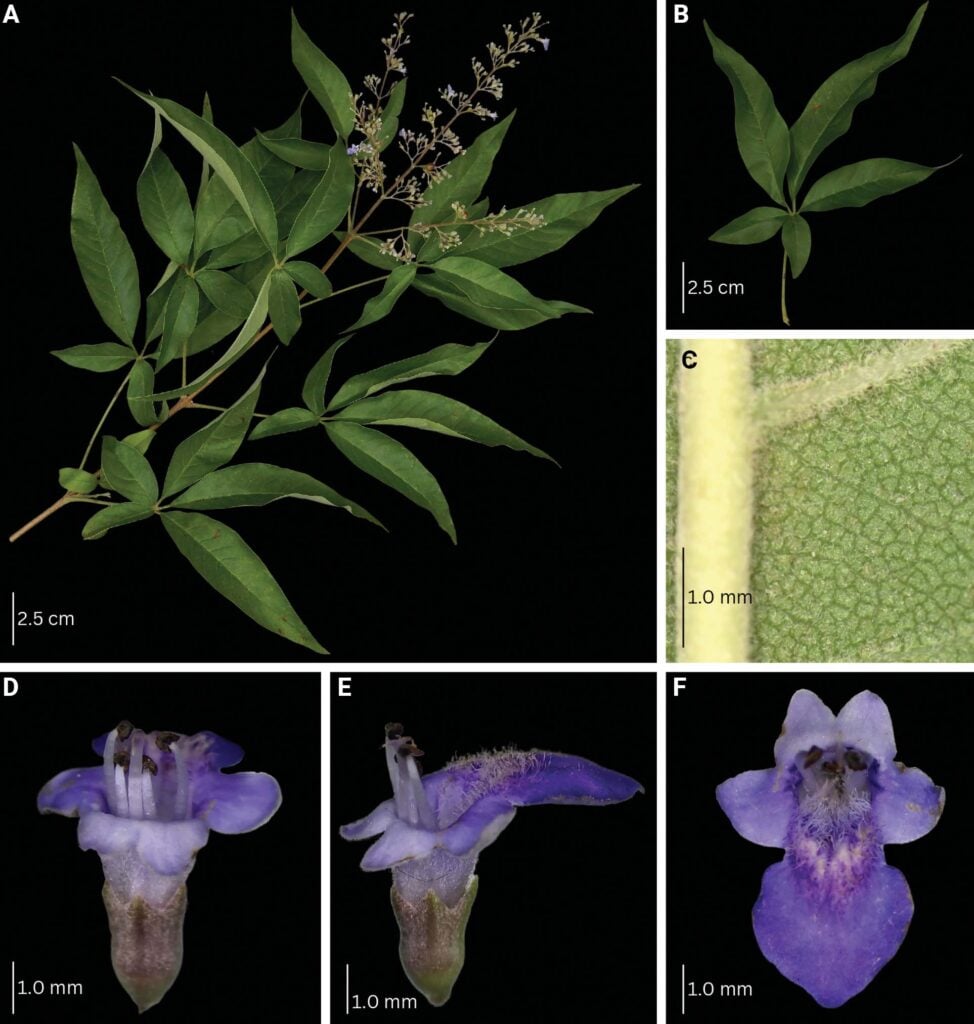Two species belonging to the group of species commonly known as lagundi were found to be endemic to the Philippines
06 Feb 2025

The Vitex trifolia complex in the Philippines consists of economically important medicinal species, including five species collectively referred to as medicinal “lagundi”. The V. trifolia complex has social and economic importance as it cultivated not only by people but also by commercial pharmaceutical companies. As of 2001, it has been estimated that langundi-based products reached ₱430 million in gross sales and revenues. However, despite its applications and value, the taxonomic status of the species complex remains ambiguous due to numerous nomenclature revisions.
To further refine species delimitation, we assembled the entire chloroplast genomes of the five species belonging to this species complex. Based on molecular and morphological data analysis, we propose reinstating V. elmeri Moldenke and delineating V. arvensis Gentallan, Sengun & M.B.Bartolome, a putative hybrid between V. bicolor Willd. and V. elmeri Moldenke, as a new endemic species in the Philippines. The specific epithet arvensis reflects its predominantly cultivated nature, both on a commercial scale and in home gardens, as a valued medicinal plant.
Furthermore, we found that V. negundo s. str. is not present in the Philippines. Throughout the taxonomic revisions of the V. trifolia complex, several taxa originating from the Philippines, including V. negundo var. philippinensis Moldenke, have been considered heterotypic synonyms.
The findings of this study have several implications including the need to relabel our lagundi-based products, reassess previous research on lagundi, and utilize and protect them sustainably as our own genetic resources.
Authors: Renerio P. Gentallan Jr., Seda Sengun, Michael Cedric B. Bartolome, Kristine Joyce O. Quiñones, Nadine B. Coronado, Teresita H. Borromeo and Emmanuel Bonifacio S. Timog (University of the Philippines Los Baños)
Read the full paper: https://phytokeys.pensoft.net/article/120387/element/8/198367//
